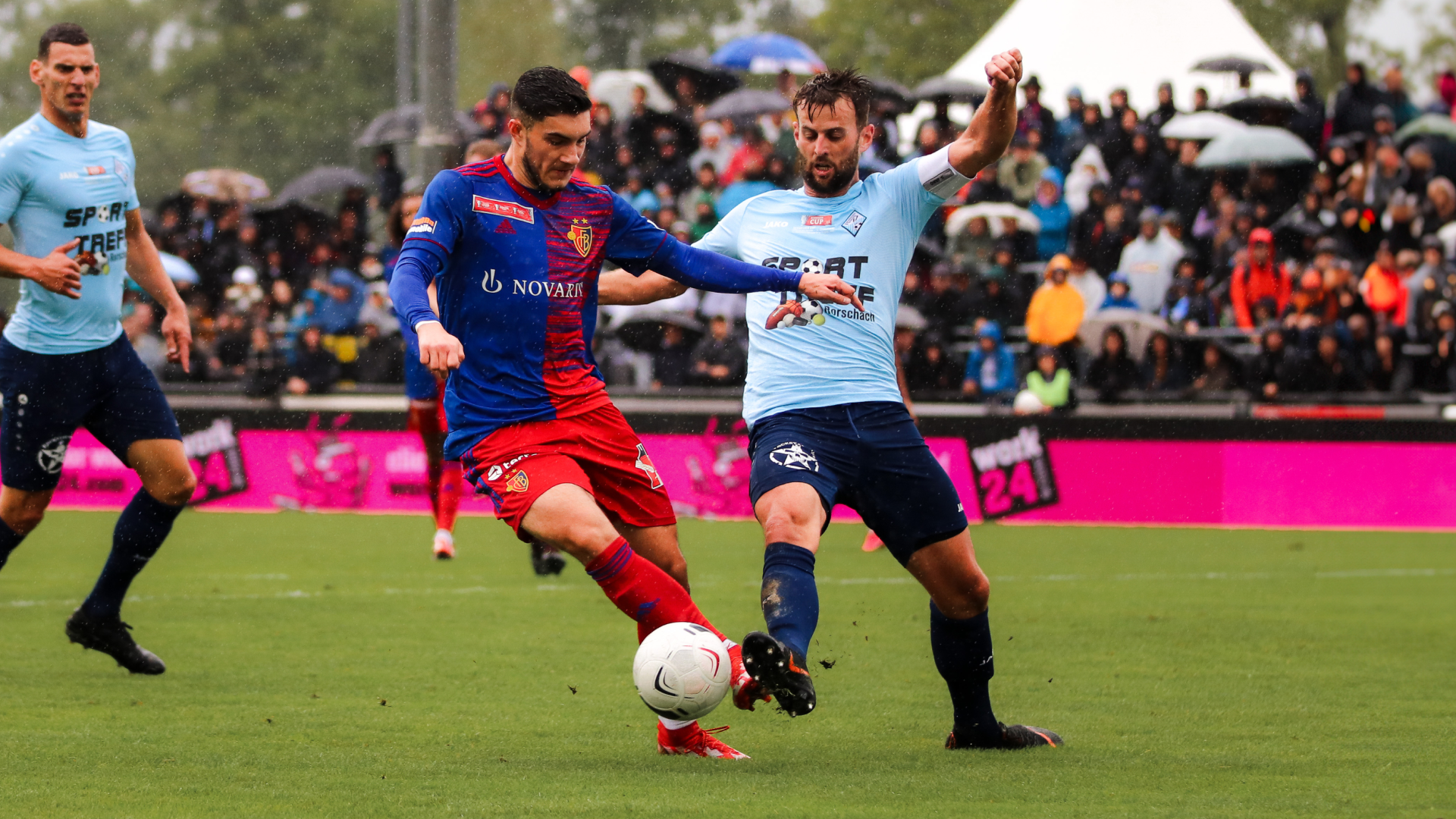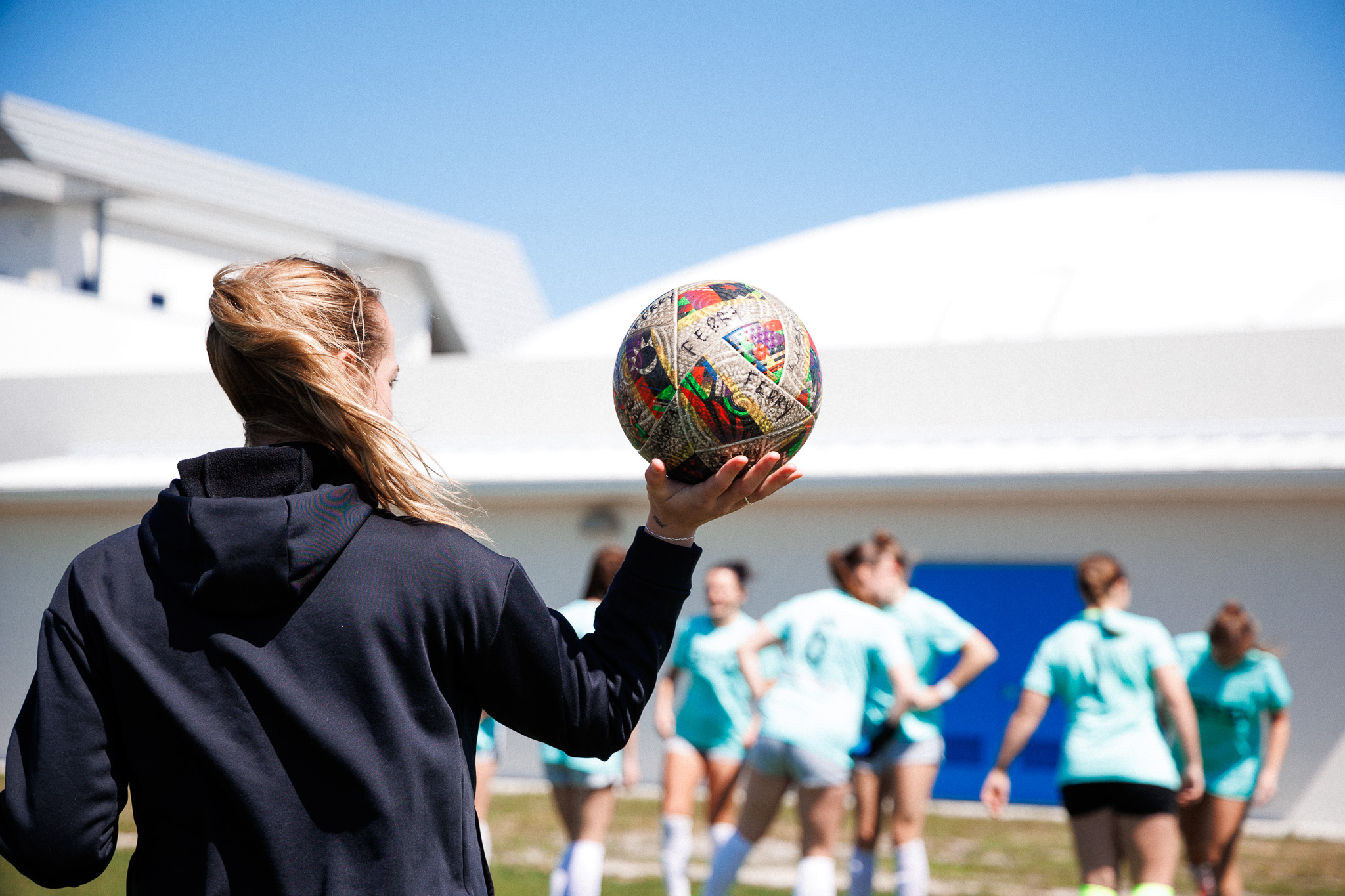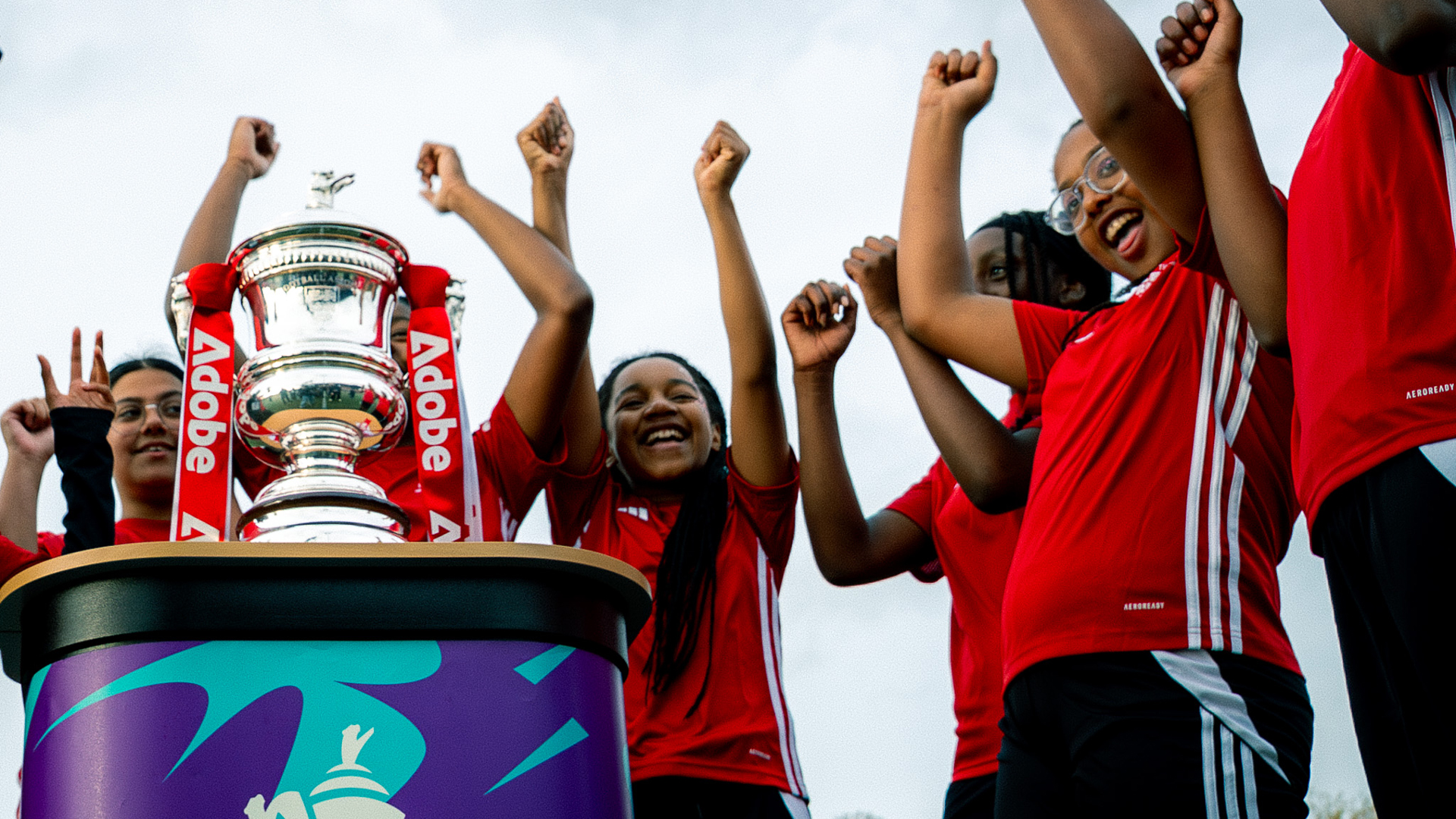The moment youth lacrosse coaches discover what players actually see
Emma Jensen
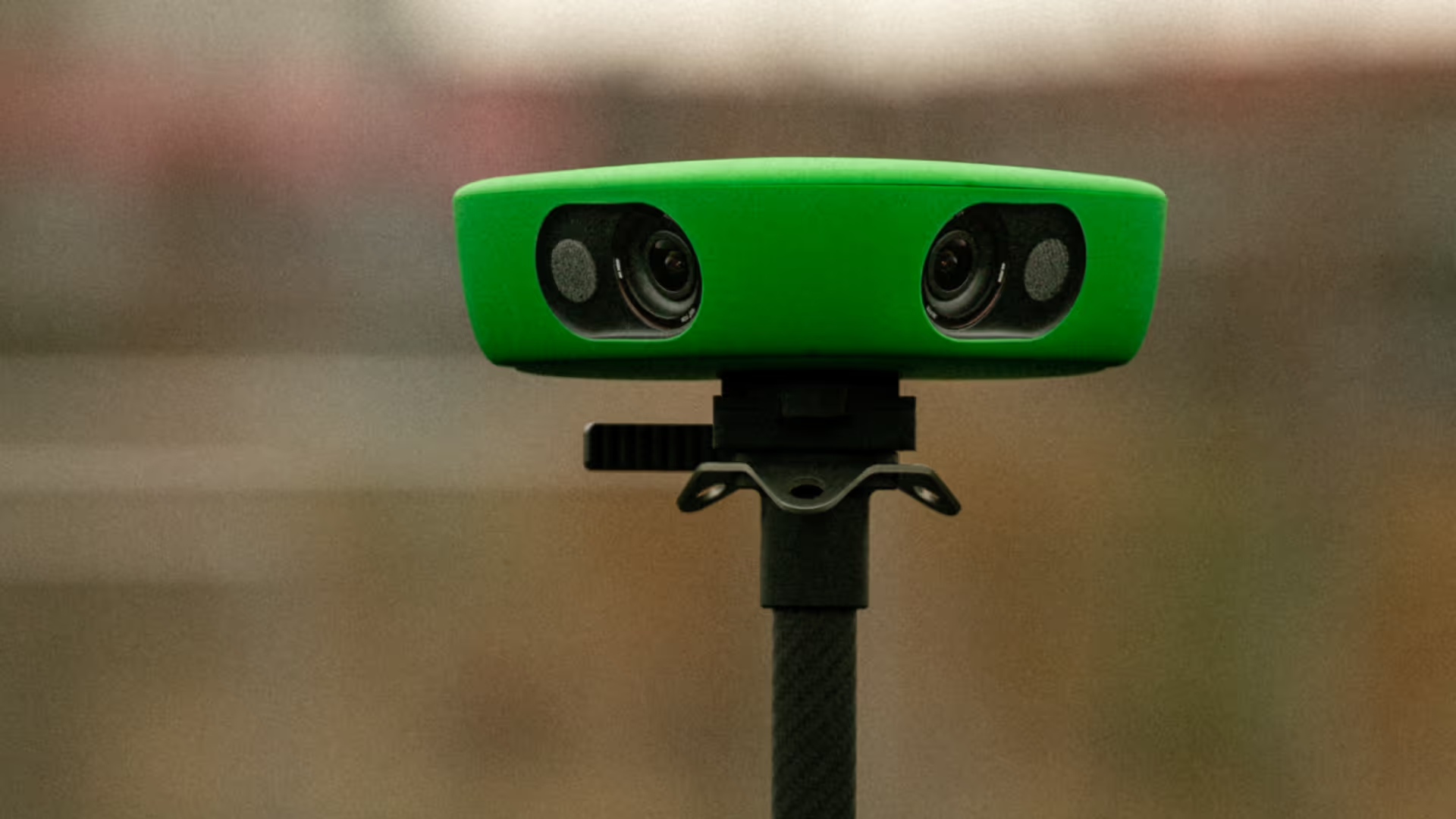
Discover how Highland High School's lacrosse coach uses Veo's automatic highlight system to transform youth player development through visual feedback and tactical understanding.
"The primary focus was that kids at that age don't always understand what you're saying in the middle of a game. Being able to watch themselves afterwards is what helps them improve," says Ian Becker, Highland High School lacrosse coach.
Becker discovered this truth after implementing video analysis with his girls' lacrosse team. The visual feedback transformed how young players understood positioning and tactical concepts.
This challenges the assumption that youth sports development relies primarily on real-time coaching feedback.
Highland High School's lacrosse development challenge
Ian Becker has been coaching girls' lacrosse at Highland High School for over a decade. His experience spans multiple levels, from youth programs to varsity competition.
Highland High School serves the Hudson Valley region where lacrosse is still growing. Becker's teams had struggled with defensive coordination, particularly helping young players understand spatial awareness during games.
This challenge reflects a broader issue in youth sports: how to effectively teach complex tactical concepts to developing players. Weekend tournaments compress multiple games into single days, leaving little time for detailed feedback between contests.
The problem with traditional coaching methods
Before implementing video analysis, Becker struggled to help players understand positioning errors during games. "I could tell them what went wrong, but they couldn't visualize it," he explains. "By the time we got to the next practice, they'd forgotten the specific situations."
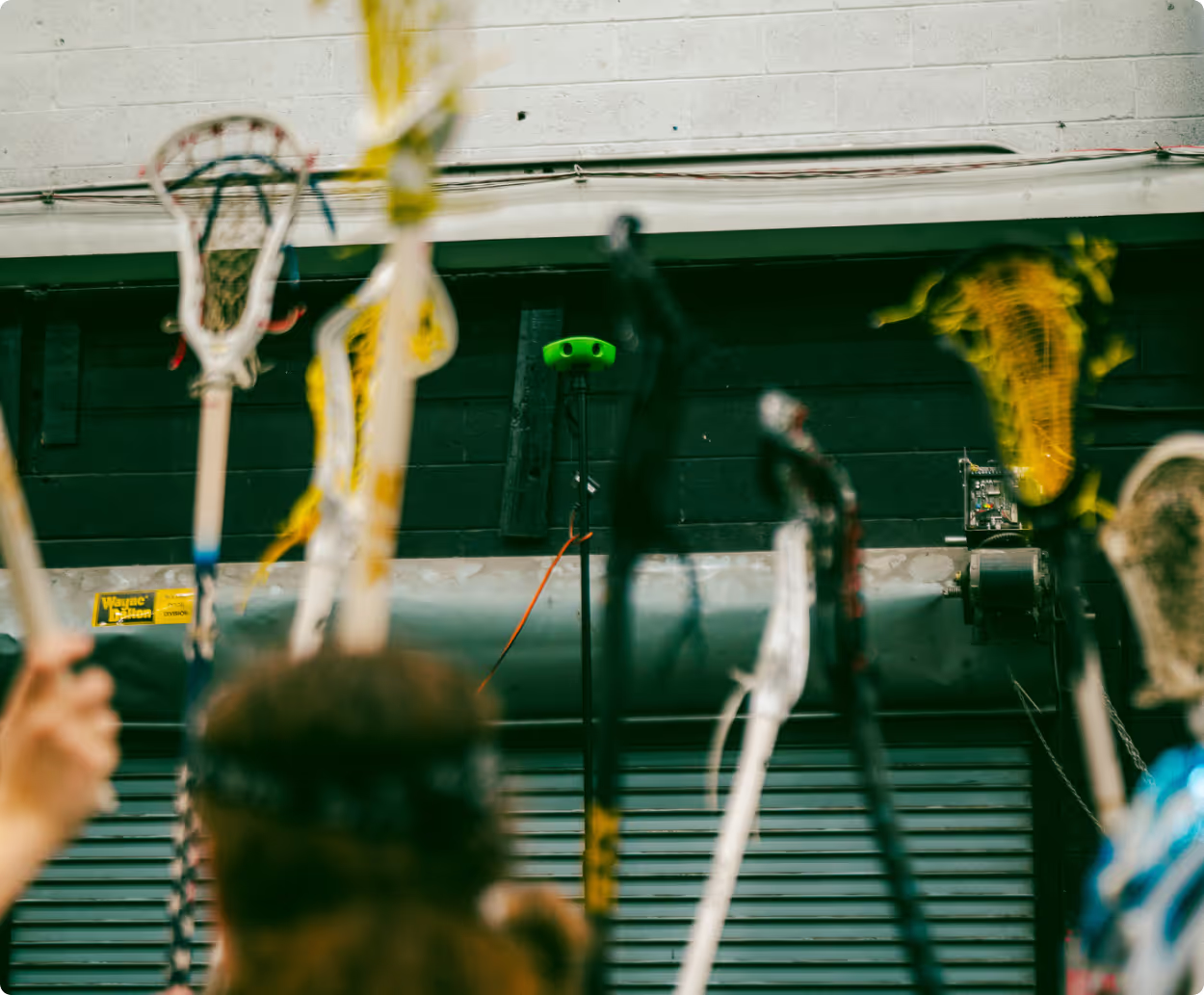
Traditional coaching methods relied on verbal feedback and whiteboard diagrams. "There's such a difference between telling them and showing them," Becker notes. Players would repeat the same mistakes because they couldn't see themselves making them.
"We play three games in a day during these play days, and if there's no overlap, I can record all three age groups," he says. "It's important for the kids to be able to see what they're doing on the field, especially since, at that age, too much emphasis on gameplay can be overwhelming."
Without better feedback methods, the team's defensive coordination remained inconsistent, costing them crucial games in section championships.
How Veo's automatic highlights solved the problem
Becker learned about Veo through other coaches in the region who had implemented video analysis. "I knew they were getting better results, and I wanted to understand why," he recalls.
Veo's automatic highlight tagging for lacrosse eliminated the time-consuming process of manually reviewing game footage. "I can just filter by the specific actions I want to see, like shots or saves," Becker explains. "It cuts down the time I would normally spend marking the video myself."
"It saves me a lot of time because I don't have to manually break down the game myself," he notes. "Or I can look at ground balls or the draws at the beginning to see how we can improve."
The visual feedback transformed player understanding immediately. "They're eager to review what they did—why they missed a shot, why they got called for something," Becker says. "I make all the videos available to the team and the parents so they can send them out to whoever they want. I see a lot of views on the videos once I post them."
Within weeks, defensive coordination improved dramatically as players could see their positioning errors and corrections. The engagement proved his theory that visual learning accelerates development faster than verbal instruction alone.
Ready to discover what video analysis can do for your lacrosse program?
Becker's experience shows how visual feedback can transform youth lacrosse development. Ready to unlock insights like these? Veo experts are standing by to help you get started.

